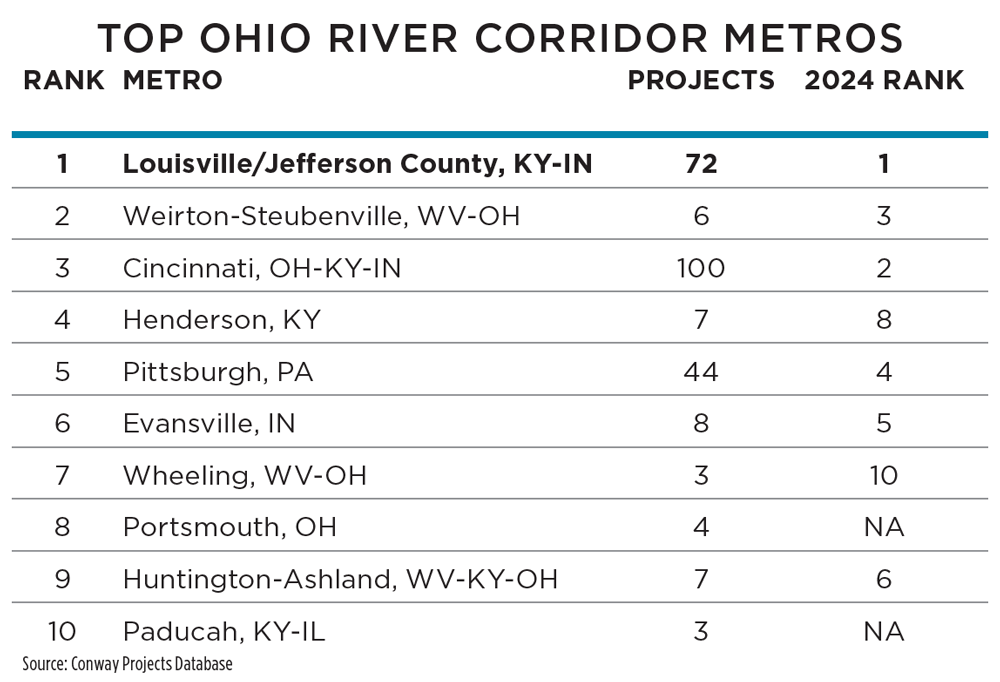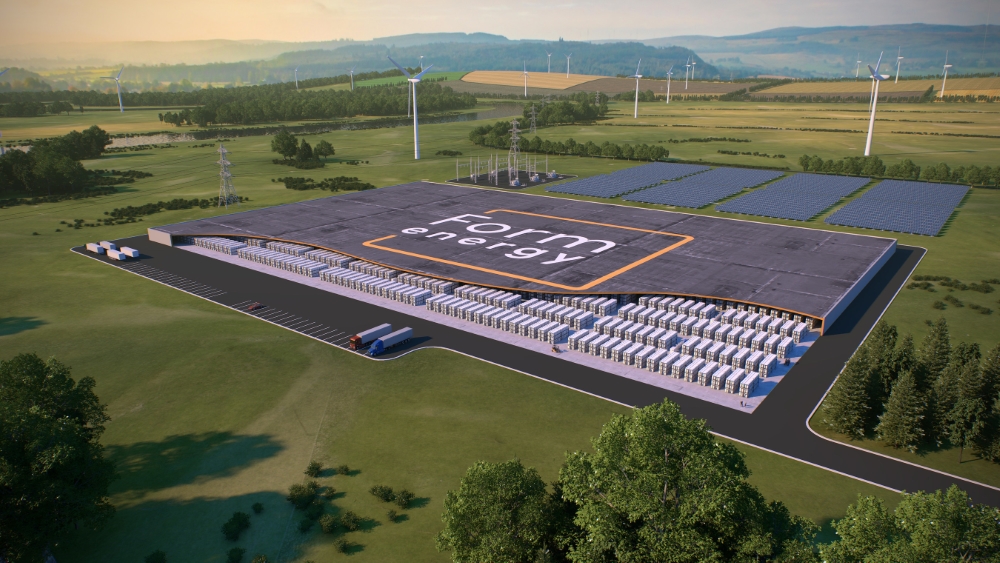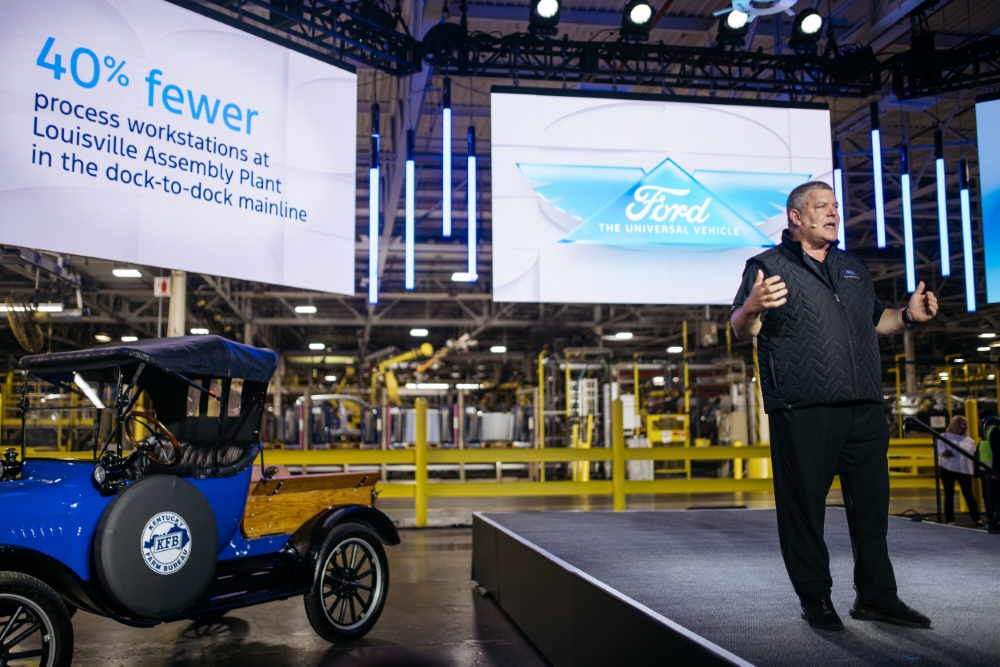Driven by huge investments from such companies as Ford Motor Co. and GE Appliances and a healthy contribution of projects from Indiana communities across the river, Greater Louisville this year earns the No. 1 ranking in Site Selection’s analysis of the Ohio River Corridor.
Weirton-Steubenville, West Virginia-Ohio, vaults from No. 6 last year to No. 2 this year thanks to six major projects and per-capita calculations that bring strong point totals for the metro area of just over 113,500. The tri-state Cincinnati region takes third place this year but with the highest project total of all ranked metros with 100 projects tallied.
The ranking is based on points awarded across cumulative and per-capita categories derived from corporate end-user facility project tallies and project-affiliated capex and job creation numbers from March 2024 through mid-August 2025. New location or expansion projects must have involved construction and one of the following three criteria to qualify for Site Selection’s Conway Projects Database: at least $1 million invested, at least 20 new jobs created or at least 20,000 new sq. ft. of space.
Projects were gathered from all jurisdictions touching any point along the river’s entire 981 miles. Metros had to have at least three projects to qualify.

Ford in August announced that its Louisville Assembly Plant would be a showcase for the new Ford Universal EV Production System that will produce a midsize four-door electric pickup with a targeted starting price of about $30,000, scheduled to reach customers in 2027. The company said assembly of the truck could be up to 40% faster than Louisville Assembly Plant’s current vehicles. Some of that time will be reinvested into insourcing and automation to improve quality and cost, ultimately netting a 15% speed improvement, the company said, while the physical space will be enlarged by approximately 52,000 sq. ft.
“We put our employees at the center and re-created the factory from scratch,” said Bryce Currie, Ford vice president, Americas Manufacturing. “We live and breathe continuous improvement, but sometimes you need a dramatic leap forward.” A nearly $2 billion investment, supported by incentives from the Kentucky Economic Development Finance Authority, will secure 2,200 jobs. A performance-based project agreement supplemental to an existing Kentucky Jobs Retention Act (KJRA) program agreement with the company can provide up to $550 million in cumulative tax incentives based on the company’s total cumulative investment of $5.55 billion-plus across the original and supplemental KJRA projects with an annual job target requirement of up to 12,000 over the term of the agreement.
“Ford’s investment is a transformational win for Louisville and the future of mobility,” said Trevor Pawl, CEO of Louisville Economic Development Alliance. “Their bold vision, supported by the Kentucky Cabinet for Economic Development, puts our city at the forefront of the global transition to more affordable EVs.”
Greater Louisville’s tally of 72 projects includes a number of projects located across the river in the Indiana towns of New Albany, Jeffersonville and Charlestown from such companies as Voestalpine Metal Forming, Worldwide Nutrition, Biovivo Science and Ivan Ware & Son.
Biovivo’s $70 million, 100,000-sq.-ft. botanical extract manufacturing plant opened to the public in September and marked a reshoring from overseas. Company leaders noted that the new facility, whose first product will be American ginseng, occupies only one-quarter of a 25-acre lot, leaving plenty of room for expansion.

A rendering of Form Energy’s iron-air batteries at work
Rendering courtesy of Form Energy
Weirton-Steubenville’s recent project portfolio includes major investments from Form Energy on the West Virginia side in Weirton and a 50-job investment by Titanium Metals Corp. in Toronto, Ohio. Form Energy shipped its first iron-air batteries this year from its new plant, constructed on the site of a former Weirton Steel mill. The company says the 550,000-sq.-ft. facility demonstrates that “large-scale, advanced manufacturing can be achieved rapidly and at high volumes right here in the U.S. Currently employing over 300 people, Form Factory 1 is spearheading a new era of energy manufacturing in the Rust Belt.”
By 2028, Massachusetts-based Form Energy says the facility will expand to around 850,000 sq. ft., support more than 750 employees and have a production capacity of at least 500 megawatts of batteries per year. The company, which is also building a plant in rural Maine, is a finalist in this year’s Earthshot Prize competition founded by the United Kingdom’s Prince William.

